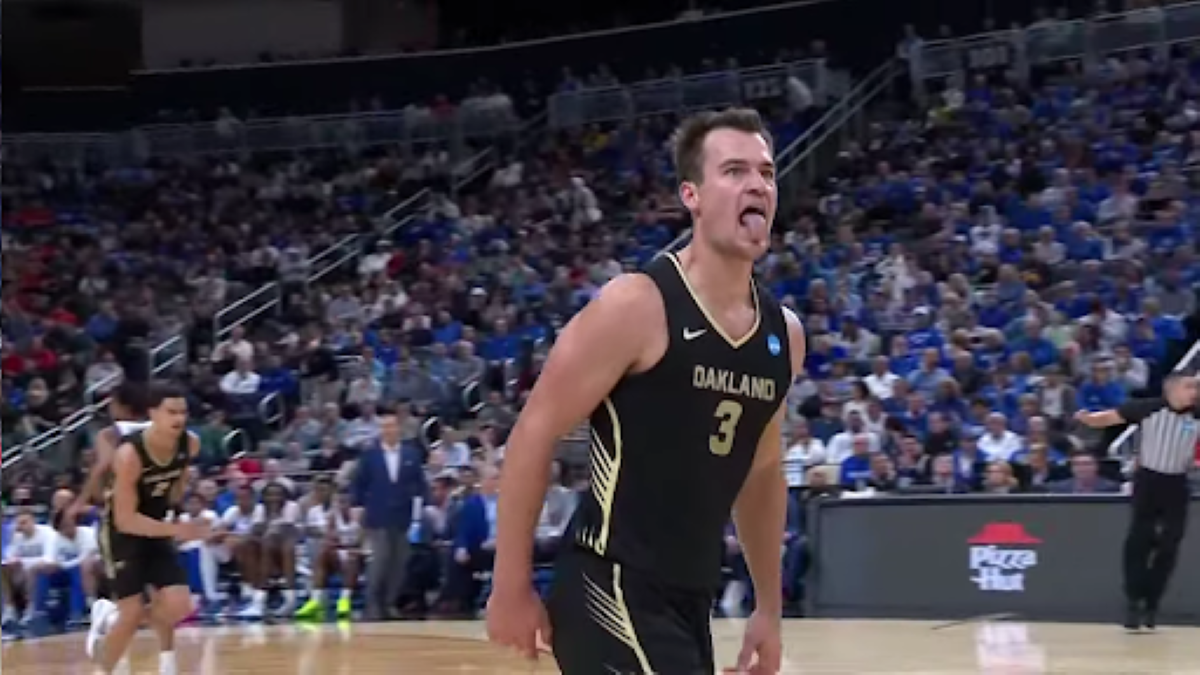Like many sports fans, I can’t envision spring without One Shining Moment. But here we are. On Thursday, the National Collegiate Athletic Association announced it is canceling the Division I men’s and women’s college basketball tournaments.
The announcement came after Duke University and the University of Kansas suspended all athletic competition, which included sending athletes to the tournament. Major League Baseball, the National Basketball Association, the National Hockey League, and Major League Soccer also decided to cancel or postpone games, leaving the NCAA little choice to cancel its annual cash cow.
According to the NCAA’s statement, “This decision is based on the evolving COVID-19 public health threat, our ability to ensure the events do not contribute to spread of the pandemic, and the impracticality of hosting such events at any time during this academic year given ongoing decisions by other entities.”
The consequences of this decision go far beyond the disappointment of fans and hard-working student athletes. Every year for a few weeks in March and April, millions of Americans devote billions of hours and dollars to March Madness-related events. In fact, almost half of Americas fill out brackets to predict the results of the games.
Nonprofits and small businesses often anchor fundraisers to March Madness. And the NCAA tourney is estimated to move $11 billion during the tournament. Thus, the impact of this decision is going to be felt far and wide.
History of the NCAA Tourney
This cancelation marks the first time in history the tournament has not taken place since its inception.
In 1939 the creators of first NCAA Division I men’s basketball tournament never could have predicted that the annual event would become what it is today. That first tourney started with just eight teams (the Oregon Ducks (29-5) beat Ohio State (46-33) to win the national title), expanding to 16 in 1951 and 64 teams in 1985.
It wasn’t until 2001 when the Mountain West Conference joined Division I and received an automatic bid that the total teams became 65, and a single game was added prior to the first round. Then in 2011, three more teams were added, giving us three more games and creating the First Four.
Long before CBS, TBS, TNT, and TruTV devoted days of wall-to-wall coverage and more than 98 million live video streams each year, the NCAA tourney was nothing more than second fiddle to the NIT. But by 2018, more than $10 billion was wagered on college basketball games during the NCAA tourney, and according to the American Gaming Association, only $300 million of that is done legally at sports books in Las Vegas.
So the decision to cancel the 2020 NCAA tournament due to coronavirus may be the right one, but it was certainly not an easy one for the NCAA.









